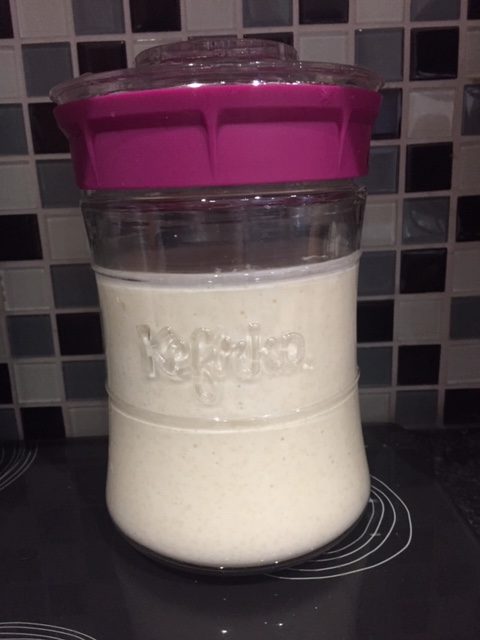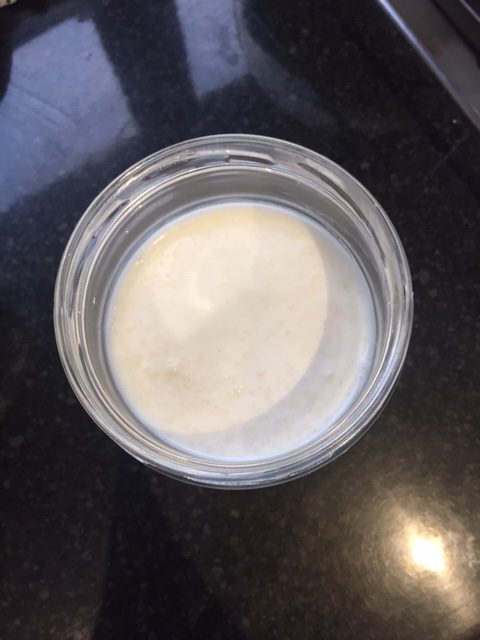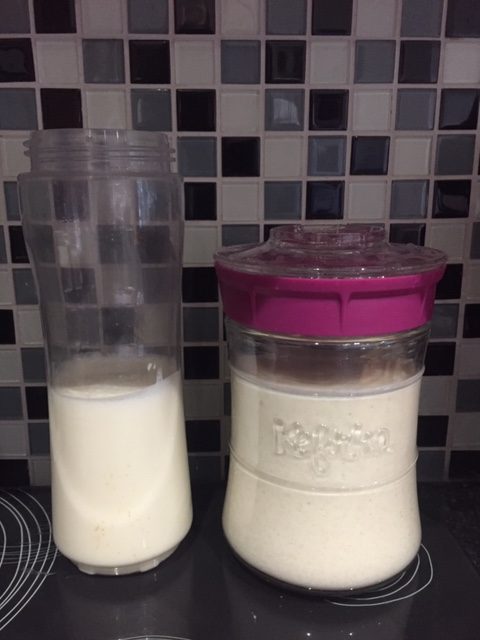The vast majority of people with Lyme will end up on huge doses of antibiotics in order to try and deplete the infection and while antibiotics are a necessity…they can also do as much damage as they do good. As many of you will know antibiotics are, most of the time, great at killing bacteria – both good and bad. However, depleting the good bacteria can come with its own set of complications and damages…especially if you’re already chronically sick.
Did you know that roughly 70% of your immune system is held within your gut? So when you take antibiotics, and you obliterate all that goodness – you’re losing or deleting a lot of your immune system by wiping out all the good bacteria which is keeping you healthy. For healthy people, this isn’t much of an issue as your body can generally repair itself but if you’re chronically ill it can be a whole different story.
That’s why it’s so vital that you replenish that good bacteria, in order to prevent leaky gut, thrush, inflammation, IBS…the list goes on and on. I’ve taken and tried countless probiotics over the years and I stand by their beneficial qualities but they are expensive.
One of the ways to repair the damage antibiotics can do is by drinking kefir. So, on this page you’ll find out what Kefir is, why it’s so good for you and how to make it yourself…it’s ridiculously easy!

Why Kefir is good for you and what it is:
For the last year or so, I’ve started buying (and now making) kefir. Kefir is a fermented drink, mostly made from cows milk, the kefir grain is mixed into the milk and left for a period of time – the sugars in the milk have a reaction to the kefir grains and results in it fermenting. The Kefir grain looks a lot like mashed-up cauliflower and I’ll be showing you how to make it further down this page. It’s said to originate from eastern Europe and southwest Asia and these are just some of the reasons why it’s so beneficial:
- it contains a great variety of bioactive compounds, peptides and organic acids that contribute to gut health
- it’s a strong source of calcium, protein and vitamin B + K2 – helping to promote bone strength by increasing bone density and prevent/slowing down osteoporosis
- Kefir is full of various strains of probiotics – aiding in the replenishment of healthy gut bacteria which helps in maintaining a good immune system, mental health, weight management and digestion
- it’s actually healthier than yogurt!
- it’s been said to potentially help prevent and slow down some cancers
- it can help to treat diarrhea
- Kefir is low in lactose – so although you can make dairy-free alternatives…you might not need to.
- it can reduce allergic reactions, inflammation and asthma. There have been animal studies that show Kefir suppresses inflammatory responses related to allergies and asthma…but human trials will need to be done before more can be understood about this disovery
Now, I’m not going to lie to you…I think it tastes disgusting but looking at that list of benefits and knowing how good it’s been for my health – I think it’s worth a few moments of unpleasantness.
I’ve greatly struggled to regain my gut bacteria after years of long and intense doses of antibiotics and it’s something I’m still working on. I’ve got a lot of damage in my gut and stomach from taking such high doses of antibiotics but sadly that’s the cost you have to pay. Sometimes, it feels like the fall out from having this disease will never end and I guess seeing as I’m stuck with it inside me, it never will. It can be hard not to resent your body, to feel like it’s failing you, but you have two options…either brood on your body’s ineptitudes or try and help your body to help you get as strong and healthy as it’s possible for it to be. So why not give it a go!

How to make Kefir:
When I first started making Kefir, I was given some grains by a friend but I’ve since started a few of my own – as I take it twice a day now. I decided to try out these kefir jars to see if they would be any easier than the big coffee jars I was using at the time and the wide neck is definitely a help. I think the lids are better suited to water Kerif but, as a whole, I’ve been pleased with them. I then bought Kefir grains, which can be purchased online on various sights. I got mine on Amazon – links below should you fancy having a look.
//ws-eu.amazon-adsystem.com/widgets/q?ServiceVersion=20070822&OneJS=1&Operation=GetAdHtml&MarketPlace=GB&source=ac&ref=qf_sp_asin_til&ad_type=product_link&tracking_id=morvenmayweb-21&marketplace=amazon®ion=GB&placement=B01DFH0M84&asins=B01DFH0M84&linkId=dbc147dabf78a10dfedd4d58dddf399f&show_border=false&link_opens_in_new_window=false&price_color=333333&title_color=0066c0&bg_color=faf5f5
It’s a really simple process, all you do for your first batch is mix 200ml of full-fat milk into the jar with the Kefir grains (always check the instructions) and leave it in a dark cupboard for 48 hours. Then, with a plastic sieve (never use metal as it’ll kill the kefir grains) you simply drain the contents onto the sieve and give it a mix with a spatula. Then just return the grains to the jar and refill it with milk – I just cover mine until the grains are covered. After the initial making of the Kefir, you can leave it for just 24 hours.
You can drink the kefir straight away but I like to put mine into the blender with half a banana or some mango (never anything too assidic!) to take it taste better. After that, you can watch as day after day your Kefir grains grow.
See, simple!
Give it a go and let me know how you get on =)

